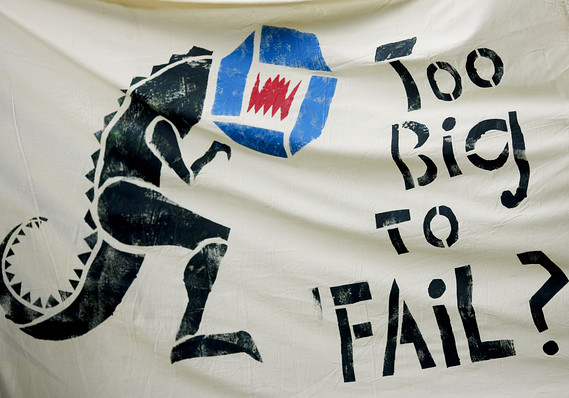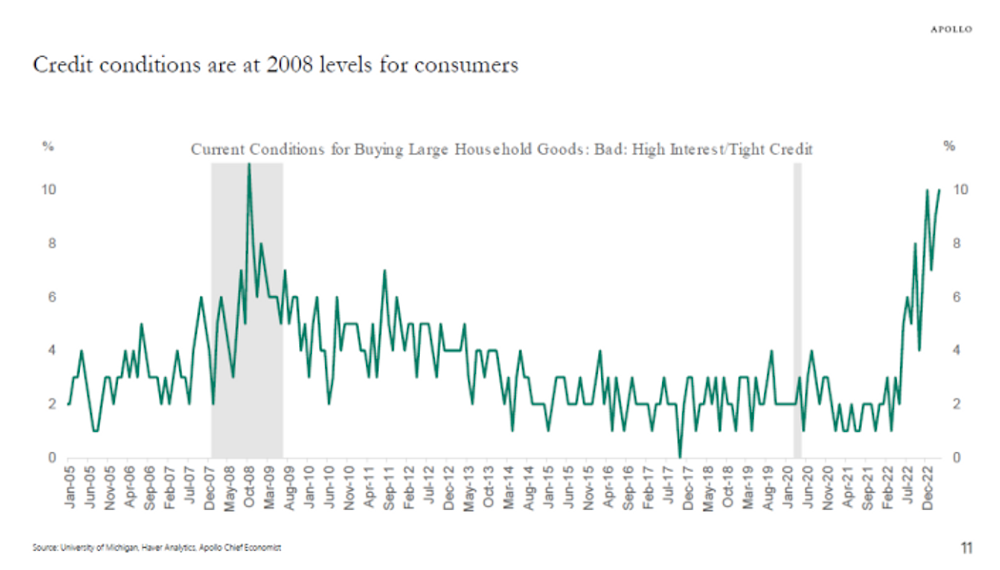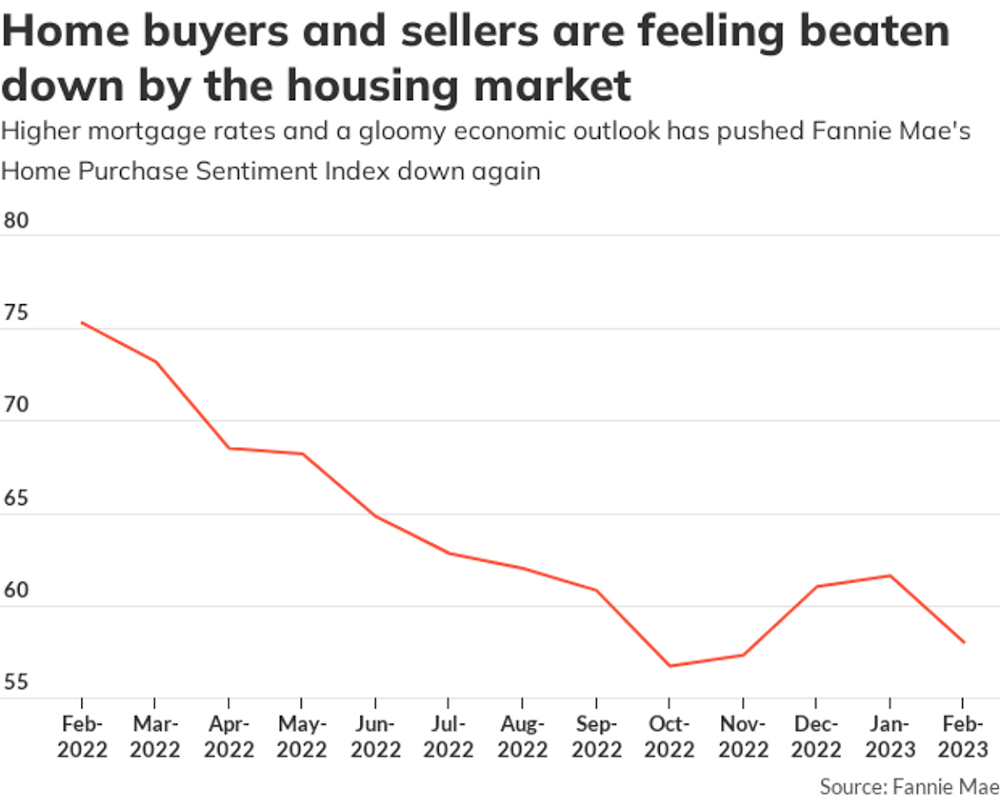WASHINGTON (MarketWatch)
U.S. service-sector companies expanded at a slower pace in November, the Institute for Supply Management reported Wednesday
The ISM said its survey of purchasing managers -- executives who buy supplies for their companies - fell to 53.9% in November from 55.4% in October
Economists surveyed by MarketWatch had expected the index to hit 55.5% in November
Readings over 50% indicate an expansion
Among the 18 industries tracked by ISM, 11 reported growth last month
ISM's production gauge fell 4.2 points to 55.5% in November, the employment gauge fell 3.7 points to 52.5%, and the new-orders gauge declined 0.4 point to 56.4%
U.S. service-sector companies expanded at a slower pace in November, the Institute for Supply Management reported Wednesday
The ISM said its survey of purchasing managers -- executives who buy supplies for their companies - fell to 53.9% in November from 55.4% in October
Economists surveyed by MarketWatch had expected the index to hit 55.5% in November
Readings over 50% indicate an expansion
Among the 18 industries tracked by ISM, 11 reported growth last month
ISM's production gauge fell 4.2 points to 55.5% in November, the employment gauge fell 3.7 points to 52.5%, and the new-orders gauge declined 0.4 point to 56.4%




















2 comentarios:
$5 million home foreclosures on rise
WASHINGTON (MarketWatch) - The nation's trade deficit fell 5.4% to $40.6 billion in October, as the U.S. exported more petroleum, soybeans and collectibles while buying foreign-made goods at a slower rate, the Commerce Department reported Wednesday. Economists polled by MarketWatch had projected the deficit would decline to $40.4 billion in October on a seasonally adjusted basis. Exports rose 1.8% to $192.7 billion. Imports climbed a smaller 0.4% to $233.3 billion, but that still marked the highest level since March 2012. American exports of petroleum jumped nearly 16% to lead the way. Exports of soybeans, which are down sharply so far this year, increased by nearly 22%. The U.S. also sold more artwork, gold and diamonds. On the other side of the ledger, the U.S. imported more crude oil, petroleum-based products, toys and pharmaceutical drugs. Over the past three months, the trade deficit has averaged $40.9 billion, little changed from $40.2 billion September and down just slightly compared to one year ago. In September, the trade gap was revised up to $43.0 billion from a preliminary reading of $41.8 billion.
Publicar un comentario